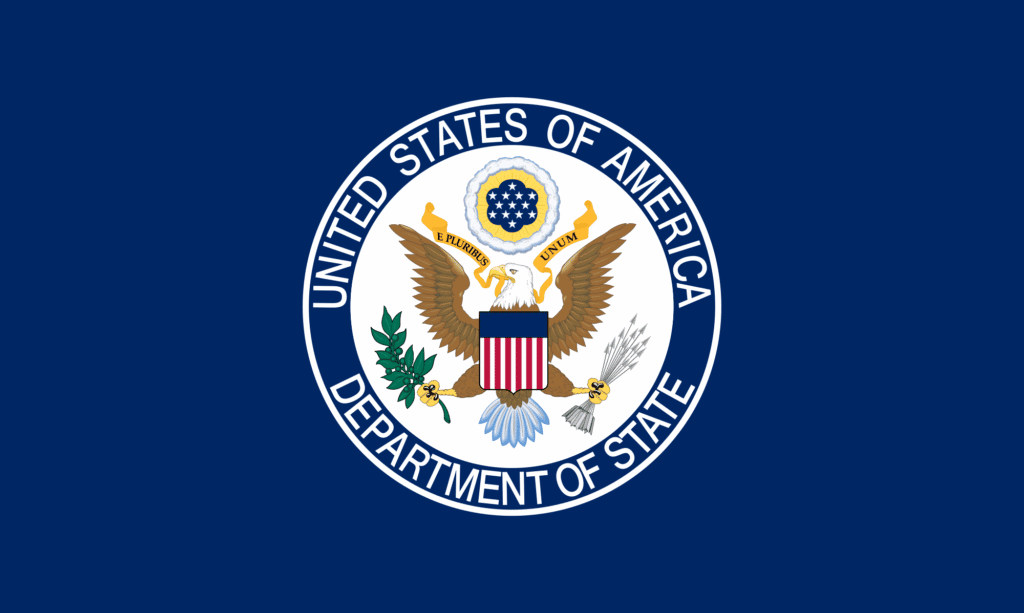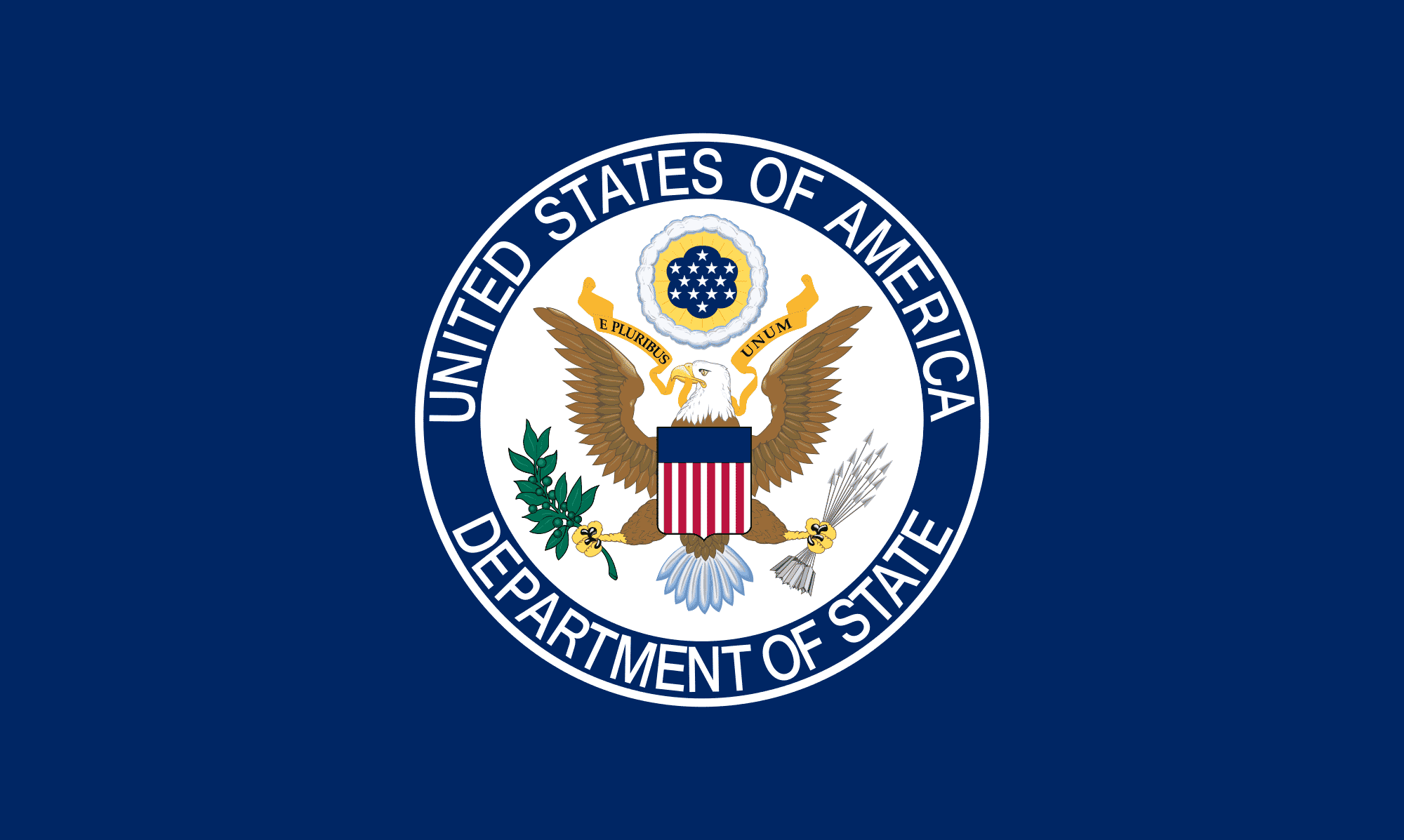
Washington, Dc, April 23, 2018
In its Country Reports on Human Rights Practices 2017 for Morocco released on Friday, April 20, the US State Department said that “The majority of the population, including the royal family, claimed some Amazigh (Berber) heritage. Many of the poorest regions in the country, particularly the rural Middle Atlas region, were predominantly Amazigh and had illiteracy rates higher than the national average.”
Mentioning that “Basic governmental services in this mountainous and underdeveloped region were not extensive. Official languages are Arabic and Amazigh, although Arabic predominates. Amazigh cultural groups contended they were rapidly losing their traditions and language to Arabization. The government offered Amazigh language classes in some schools. Amazigh NGOs contend that the number of qualified teachers of Amazigh languages has decreased. The palacefunded Royal Institute of Amazigh Culture created a university-level teachertraining program to eliminate the shortage of qualified teachers. Instruction in the Amazigh language is mandatory for students at the Ministry of Interior’s School for Administrators.”
The US State Department also noted that “the Amazigh materials were available in the news media and, to a much lesser extent, educational institutions. The government provided television programs in the three national Amazigh dialects of Tarifit, Tashelhit, and Tamazight. According to regulations, public media are required to dedicate 30 percent of broadcast time to Amazigh language and cultural programming, however, according to Amazigh organizations, only 5 percent of broadcast time is currently given to Amazigh language and culture. The National Federation of Amazigh Associations submitted a complaint to the High Authority for Audiovisual Communications in June to request compliance with the quota.”

